Among the most influential contributions to psychology and economics is the finding that “losses loom larger than gains.” Kahneman and Tversky’s (1979) Prospect Theory demonstrated that individuals…
READ MORE

Among the most influential contributions to psychology and economics is the finding that “losses loom larger than gains.” Kahneman and Tversky’s (1979) Prospect Theory demonstrated that individuals…
READ MORE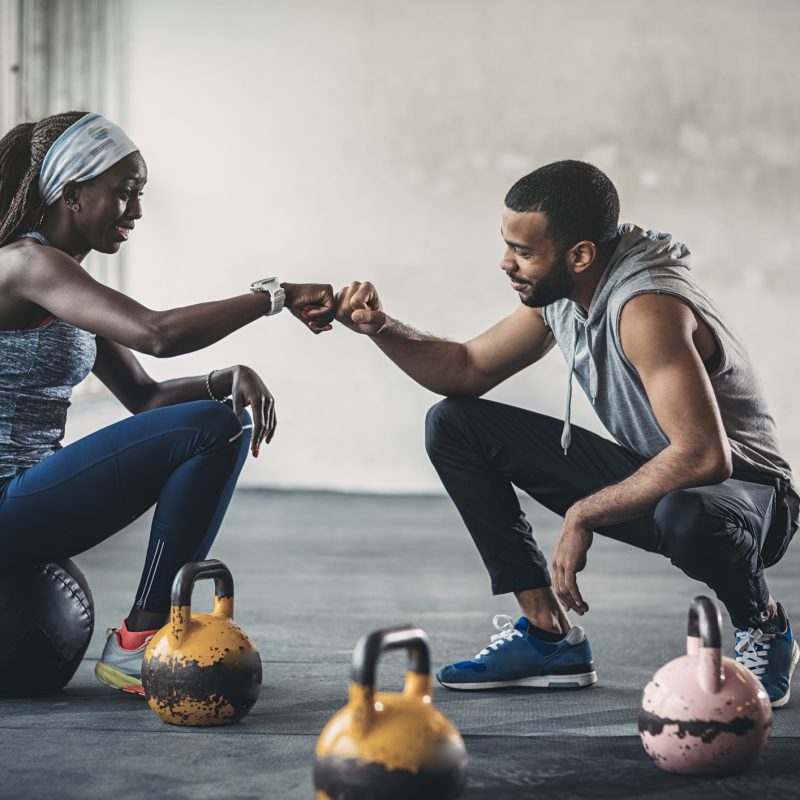
As personal trainers and coaches, we can consider ourselves in the “behavior change business”. We often encounter clients who struggle with consistency, who possess the…
READ MORE
While diverse and often multifaceted, the field of personal training focuses primarily on helping individuals achieve their fitness goals. As such, exercise lies at the…
READ MORE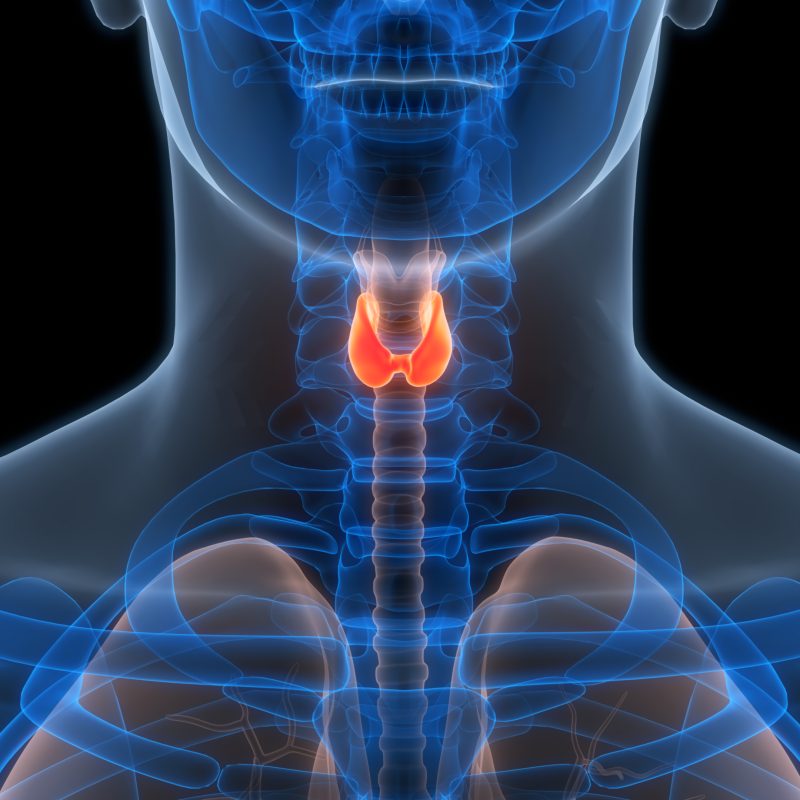
Thyroid dysfunction can significantly affect one’s ability to engage in physical activity. Personal trainers who work with a variety of clients may encounter individuals living…
READ MORE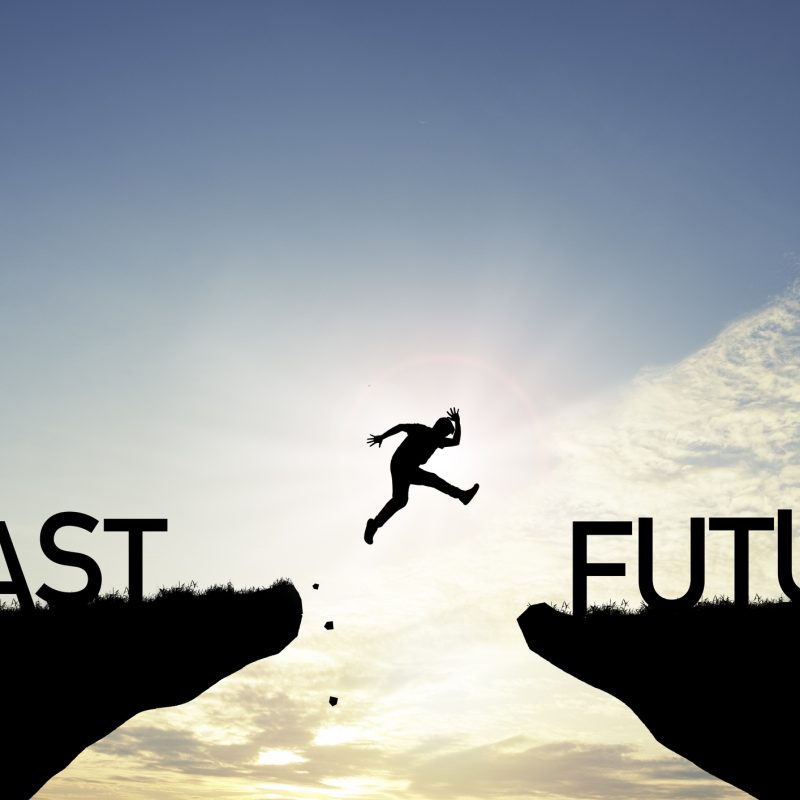
For the general population, the term periodization refers to a manner of resistance training in which the individual and/or their trainer varies aspects of the…
READ MORE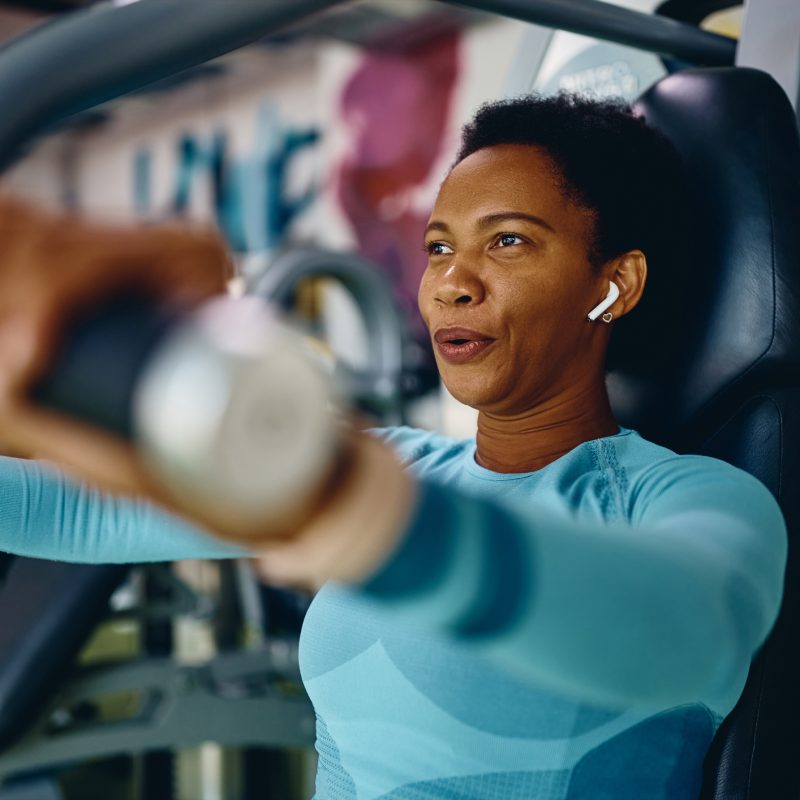
Over the past few years, our fitness industry — and strength training in particular–– has undergone a powerful shift in priorities. Once the sole bailiwick of…
READ MORE
Finding an effective technique for building, breaking, and keeping habits can feel like a hopeless endeavor. In this article, we explore a simple and effective…
READ MORE
Fit Pros, are more and more of your clients using saunas for post-workout recovery? Have you ever wondered what the difference between a dry sauna…
READ MORE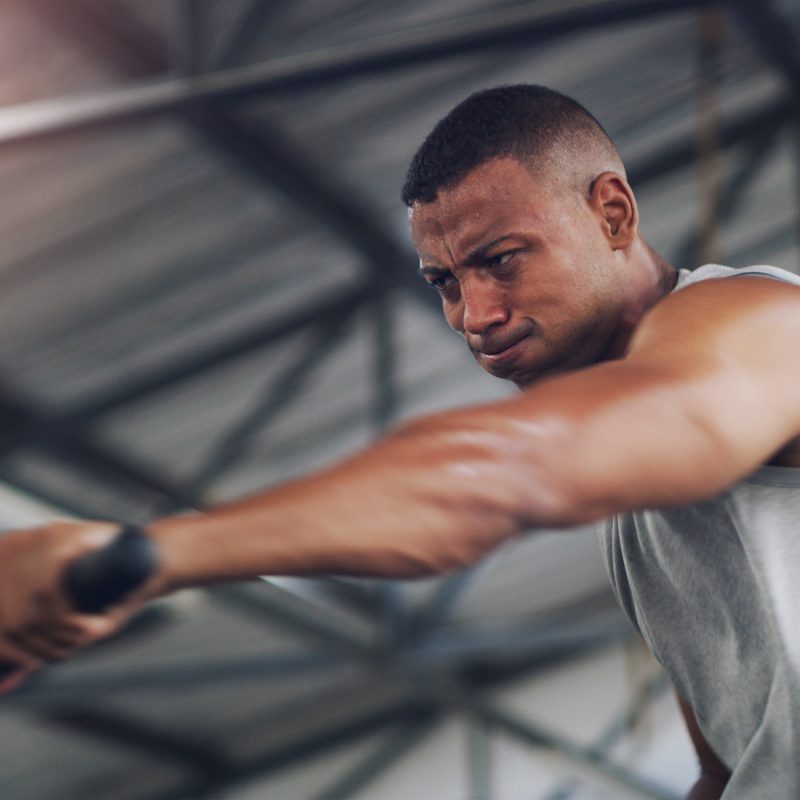
If personal trainers find their regular clients growing bored with traditional resistance training and aerobic/HIIT programs, try introducing a cycle of METCON workouts. In this…
READ MORE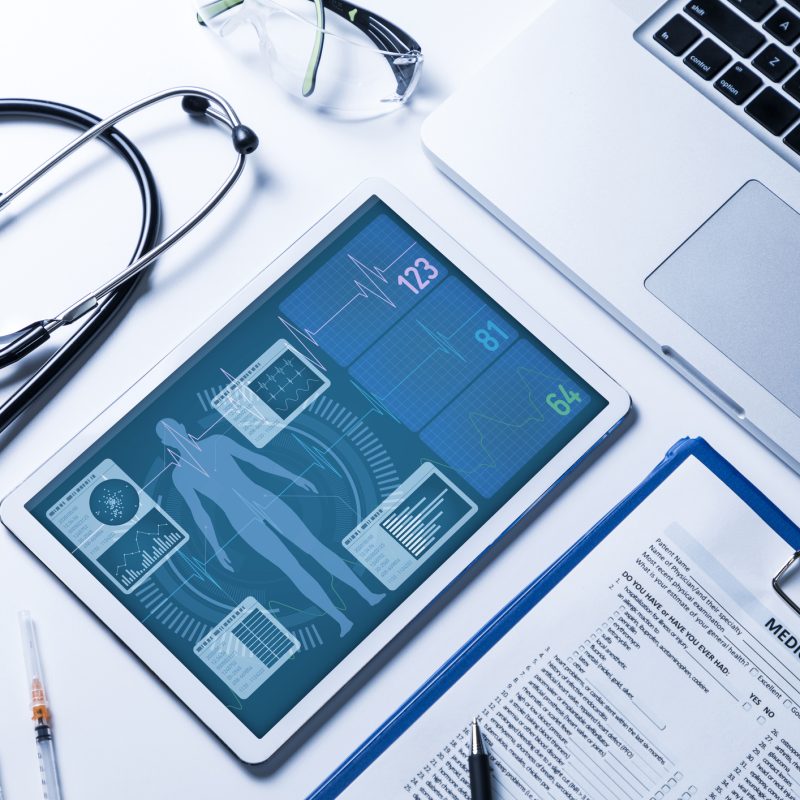
As I’ve mentioned up to this point in this series on GLP-1 agonist medications and fitness, we’re in a new era of body recomposition. The…
READ MORE
In the fast-moving world of metabolic medicine, GLP-1 receptor agonists (GLP-1 RAs) have earned a reputation as miracle molecules. Simply listen to any well-known podcaster…
READ MORE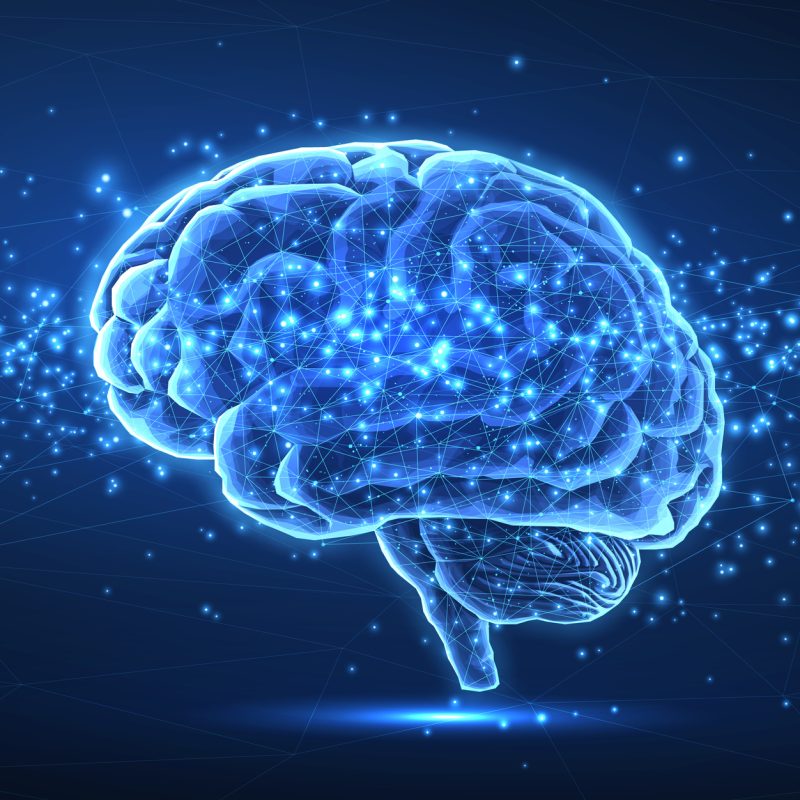
Based on recent articles in this series, GLP-1 receptor agonists have emerged as a promising pharmaceutical option for individuals dealing with the complexities of…
READ MORE